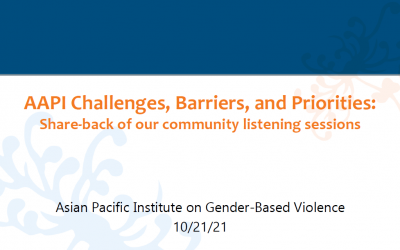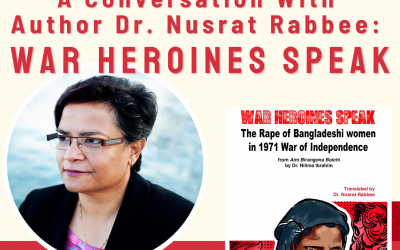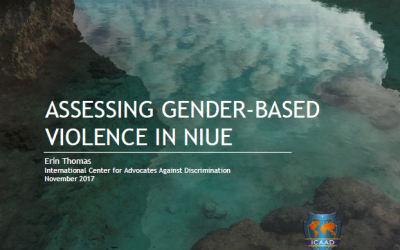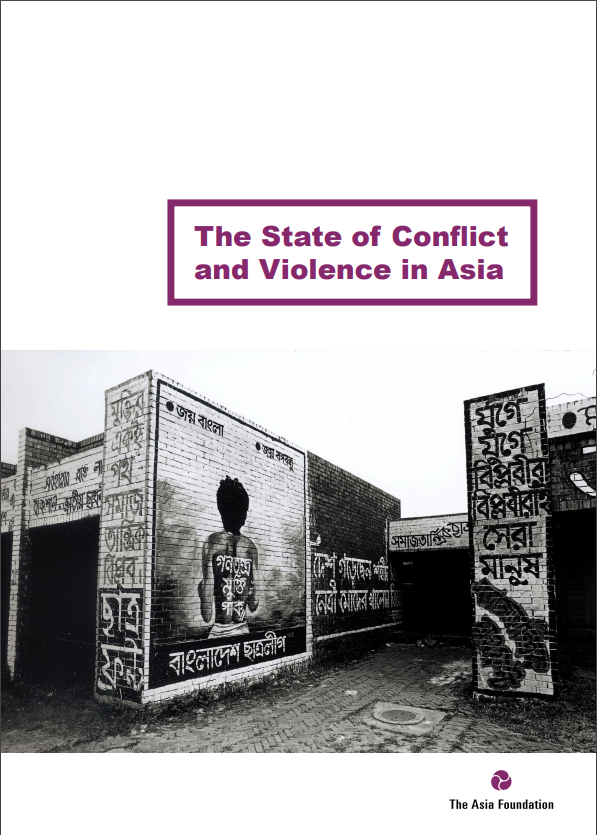In response to critical gaps in existing conflict data, The State of Conflict and Violence in Asia presents a concise, evidence-based overview of violence in 14 Asian countries, including some of the most complex places in the world. Drawing on The Asia Foundation’s own long-standing experience in each country, the volume reports historical patterns and current trends in conflict and violence, combining analysis of published materials with in-depth knowledge and nuanced understanding of local politics and power. Required reading for policymakers, development practitioners, security analysts, and business leaders, this book provides an accurate and timely picture of conflict, violence, and peacebuilding in Asia today.
Related Resources
AAPI Challenges, Barriers, and Priorities: Share-back of our community listening sessions
Over the past year and a half, API-GBV strove to learn more deeply from our community of front-line advocates, national partners, systems contacts, and allies through a series of listening sessions, assessment, and surveys. During this webinar, staff shared themes and...
A Conversation with Author Dr. Nusrat Rabbee: War Heroines Speak
A conversation with Dr. Nusrat Rabbee, author of War Heroines Speak: The Rape of Bangladeshi Women in 1971 War of Independence. During this dialogue, Dr. Rabbee discussed the use of rape as a weapon of genocide in the war of 1971, and how it impacted not only the women, but also society in post-war Bangladesh. Dr. Rabbee also explored where women’s rights and status are currently in Bangladesh, and what is currently being done to acknowledged gender-based violence in the country. She also discussed how the events of 1971 connect to the movement to end gender-based violence today, across the world and in the United States.
Assessing Gender-based Violence in Niue, 2017
Erin Thomas, International Center for Advocates Against Discrimination (ICCAD)
A community-needs assessment on gender-based violence in Niue based on a literature review and key interviews of Niueans.
Why do Some Men Use Violence Against Women and How Can We Prevent It? Quantitative Findings from the United Nations Multi-Country Study on Men and Violence in Asia and the Pacific, 2013
Findings from studies in Bangladesh, Cambodia, China, Indonesia, Sri Lanka and Papua New Guinea provide data on men’s use of sexual and physical violence against intimates and non-intimates, identify men’s risk factors for perpetration and offer prevention strategies. By Partners For Prevention




